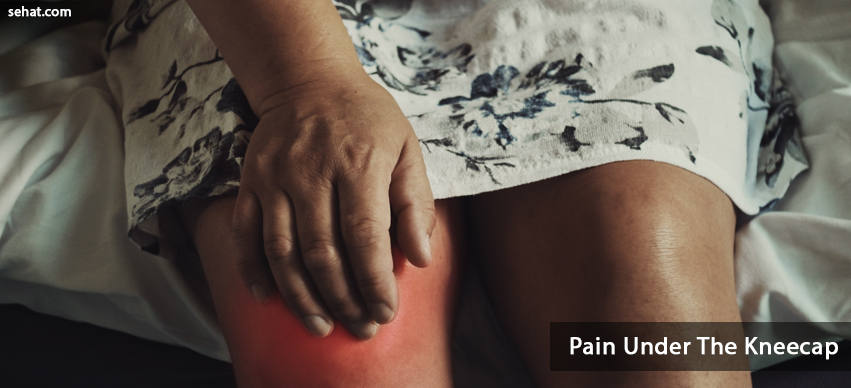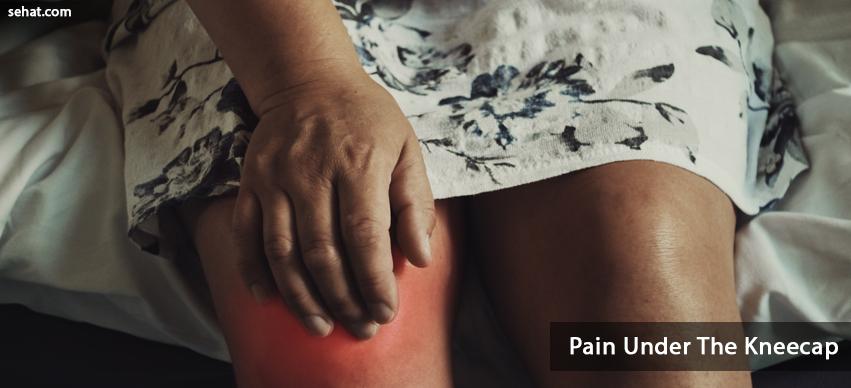Nanoparticle Therapy – An Emerging Cancer Treatment
5 Min Read


The knee joint is a weight-bearing structure of the human body and is, therefore, one of the most important yet complex joints. Knee pain is a common musculoskeletal complaint affecting both children and adults. This article will help you understand more about pain under kneecap, its causes, treatment, and also when to see a doctor for pain under the kneecap.
Pain under kneecap or around the kneecap is also called Anterior Knee pain or Patello-femoral pain syndrome. Anterior knee pain or pain under kneecap can be divided into two major groups;
Pain under kneecap can occur due to two major causes- Focal lesions or conditions that can be distinctly identified either clinically or on the basis of radiological tests such as overuse, trauma, tumors, and dysplasias (abnormal growth or overgrowth of tissues) or Obscure lesions, that is, pain due to conditions that cannot be defined.
Some possible causes for pain under kneecap include;
Diagnosis of pain under the kneecap or patellofemoral pain syndrome can be done with the help of clinical examination as well as radiological tests.
During a clinical examination, your doctor will enquire about your signs and symptoms, duration, severity, and intensity of pain. Your doctor may lightly press over the kneecap to know the amount of swelling.
A physical examination may also include the following;
Otello-femoral pain syndrome can be diagnosed with the help of a physical examination itself. Yet, radiological tests such as an x-ray or a CT or MRI scan may be advised by your doctor to rule out damage to the knee joint, kneecap, or to the tissues and ligaments supporting it.
Treatment of pain under kneecap includes a combination of both medications as well as physical therapy. Treatment for pain under kneecap aims as reducing the pain while addressing the underlying cause for it.
The standard protocol for managing any kind of musculoskeletal pain and swelling is the RICE method. RICE stands for;
Avoid any excess pressure on the affected knee. Restrict activities that may worsen pain
Use ice packs for 15-20 minutes several times a day. Be careful to not apply ice directly on the skin.
Lightly wrap the affected knee in an elastic bandage. Compression prevents additional swelling.
As often as possible rest with the affected knee above the level of your heart
Some ways to treat pain under kneecap include;
Certain stretching exercises help to relieve pain and discomfort. Stretching can be done even if you are not exercising daily. It is however advised to consult a qualified physiotherapist to learn the proper methods of stretching; else you might end up aggravating your complaints.
Stretching exercises for pain under kneecap are;
Hamstring Stretch
Quad And Hip Flexor Stretch
Follow strengthening exercises of the hip and knee joint to improve joint stability and also to allow resuming routine activities gradually.
Just like stretching, strengthening exercises must also be learned from a qualified physiotherapist to avoid worsening of pain and discomfort.
Strengthening exercises for pain under kneecap include;
Straight Leg Raises
Outer Hip Raise
Routine work and activities can be resumed gradually as the pain subsides.
Prevent worsening of signs and symptoms, or if the pain has reduced, take measures to prevent re-occurrence of complaints by;
Generally, medicines and exercises are advised by the doctor for a few weeks. If the pain and discomfort of the kneecap do not subside, you need to visit the doctor and the physiotherapist again.
Although it is normal to feel some soreness and fatigue after exercising, you must discontinue exercises if you notice worsening of pain and report to the doctor immediately.
To summarize, you must visit the physician if;